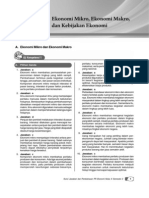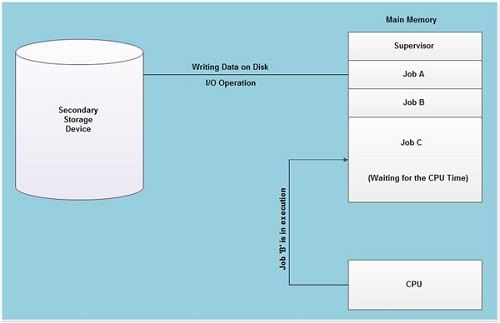Disadvantages Of Serial Processing Operating System

Windows and OsX operating systems use ZIP format, therefore it is the most common type. Vzlom rar arhiva hex redaktorom 2.
• Advantages: 1. Suppose a job takes a very long time(1 day or so). Then, such processes can be performed even in the absence of humans. They doesn't require any special hardware and system support to input data. • Disadvantages: 1. It is very difficult to debug batch systems. Lack of interaction between user and operating system.
Suppose an error occurs in one of the jobs of a batch. Then, all the remaining jobs get affected i.e; they have to wait until the error is resolved. TIME SHARING OPERATING SYSTEM: • As the name itself suggests, in a time-sharing system or multi-tasking system, multiple jobs can be executed on a system at the same time by sharing the CPU time among them. It is considered to be a logical extension of multiprogramming because both does simultaneous execution but differ in their prime objectives. The main objective of time-sharing systems is to minimize response time but not maximizing the processor use(which is the objective of multiprogramming systems). Eg: Unix Systems. • Advantages: 1.
Disadvantages Of Serial Processing Operating System Average ratng: 8,1/10 1436 votes What is batch system? In early days computer work was given on punch cards and then these punch cards behave as input to the computer. Advantages and Disadvantages Multiprocessing or Parallel. 8 In serial processing operating system only one job resides in computer memory And it.
They minimize the response time i.e; greater the response time, lesser is the efficiency of the system. They reduce CPU idle time. • Disadvantages: 1. Security and Synchronization must be given a greater importance. Data communication must be enabled. DISTRIBUTED OPERATING SYSTEM (DOS): • These are the systems in which data is stored and processed on many machines which are connected by some network.
To make it more simple, distributed systems are a collection of several separate(individual) systems which communicate (through a LAN or WAN) and cooperate with each other (using some software) in order to provide the users, access to various resources that the system maintains. One important point to note about distributed systems is that they are loosely-coupled i.e; hardware and software may communicate with each other but they need not depend upon each other. Eg: Solaris Operating System. • Objectives: 1. Making resources easily available.
The theme of the conference was “Imagining Experiences: Creative Tourism and the Making of Place”, and the book brings together studies based on lessons-learned, research and critical reviews related to creative tourism and reflections on placemaking. 

Open & Scalable. Distribution transparency i.e; the fact that the resources are distributed must be hidden. • Advantages: 1. Reduced load on the host computer. Reduced delay in data processing. Better service to the users. • Disadvantages: 1.
Network Security. Network complexity. NETWORK OPERATING SYSTEM: • Network Operating System(NOS) is similar to distributed systems but they differ in the way they access resources. An NOS need special functions/protocols to facilitate connectivity & communication among the systems. NOS employs a client-server model where as a DOS employs a master-slave model. In NOS, to process the data, it has to be transferred to the server. Peer-to-Peer model.